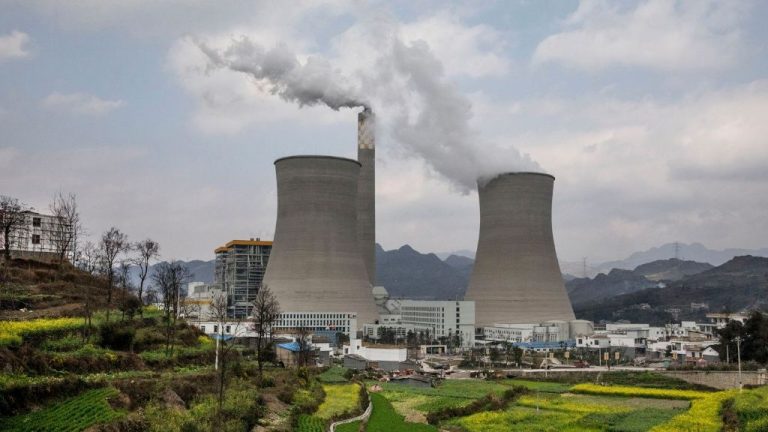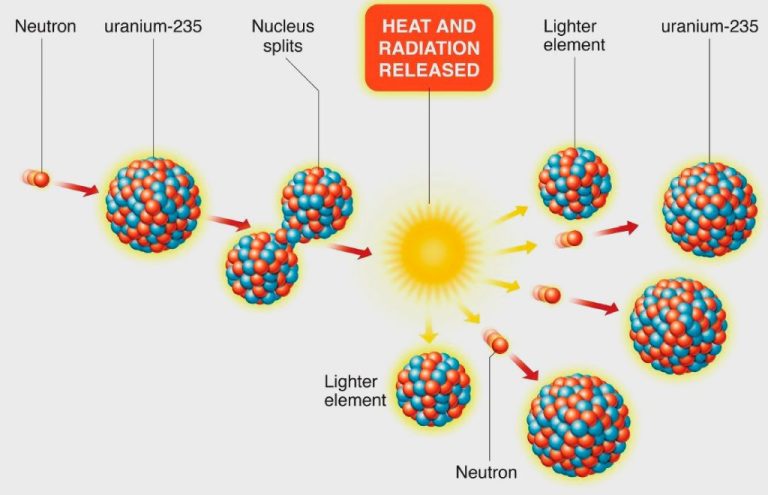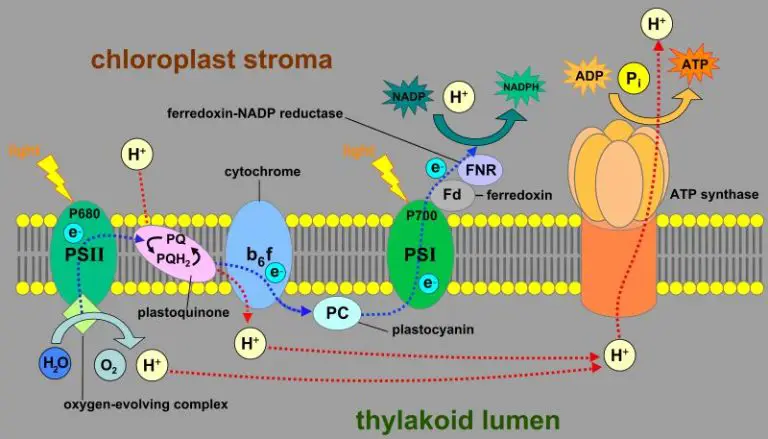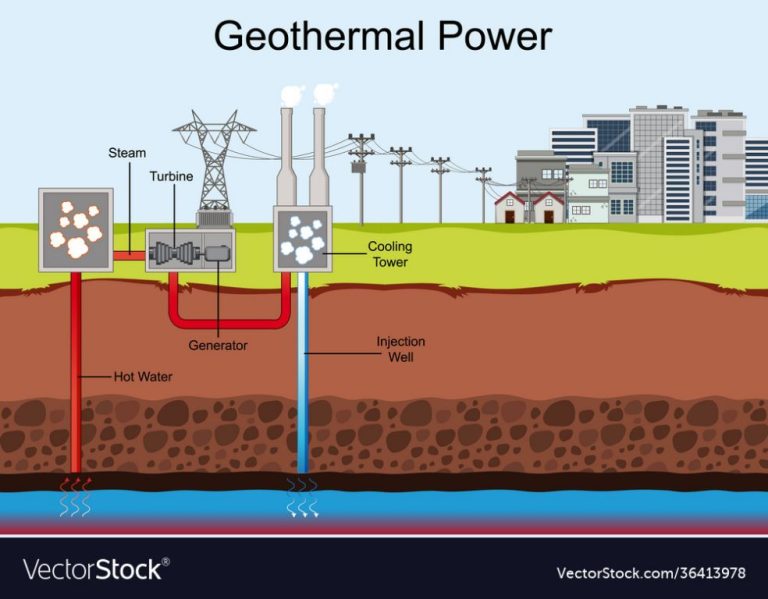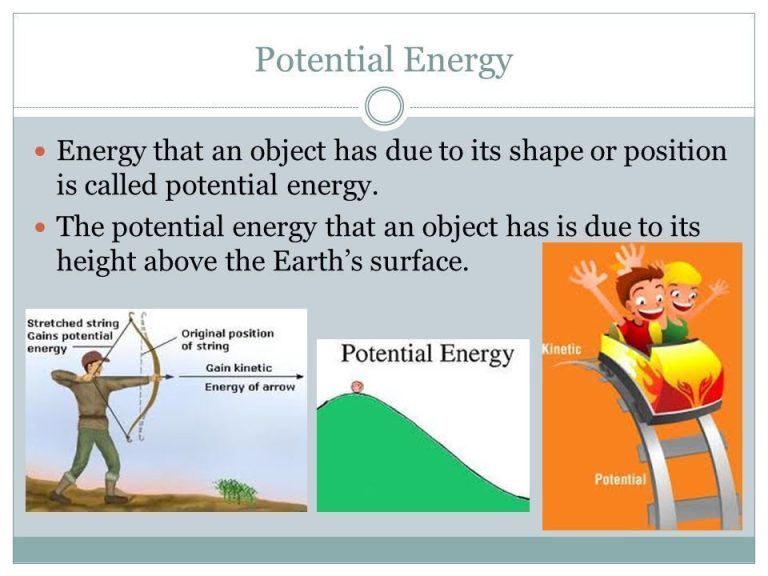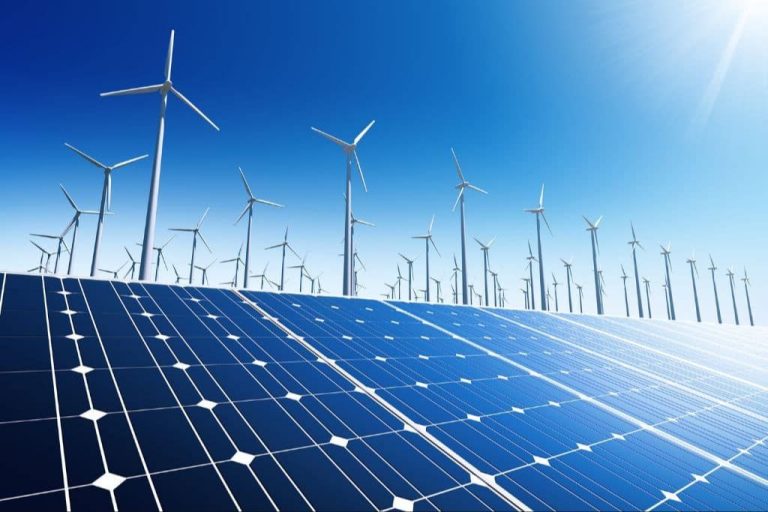What Is The Simplest Way To Generate Electricity?
Electricity generation refers to the process of producing electrical energy from other forms of energy. Simplicity in electricity generation is important because it reduces costs, increases accessibility, and enables more widespread adoption of electricity. This content will examine some of the simplest methods of generating electricity for practical applications.
The goal is to provide an overview of electricity generation techniques that are relatively simple in terms of equipment, maintenance, and infrastructure needs. By focusing on the most straightforward approaches, we aim to highlight efficient options that can make electricity more attainable for individuals and communities.
Generating electricity does not have to be complicated or expensive. With basic knowledge and resources, people can produce their own electricity through simple and sustainable means. This content outlines these techniques to empower readers with practical energy solutions.
Solar
Using sunlight to generate electricity is the simplest method thanks to solar photovoltaic (PV) panels. Solar panels consist of silicon cells that convert photons from sunlight directly into electricity. When sunlight hits the panels, electrons are knocked loose from the atoms in the cells, generating electrical power that can be used immediately or stored in batteries for later use.
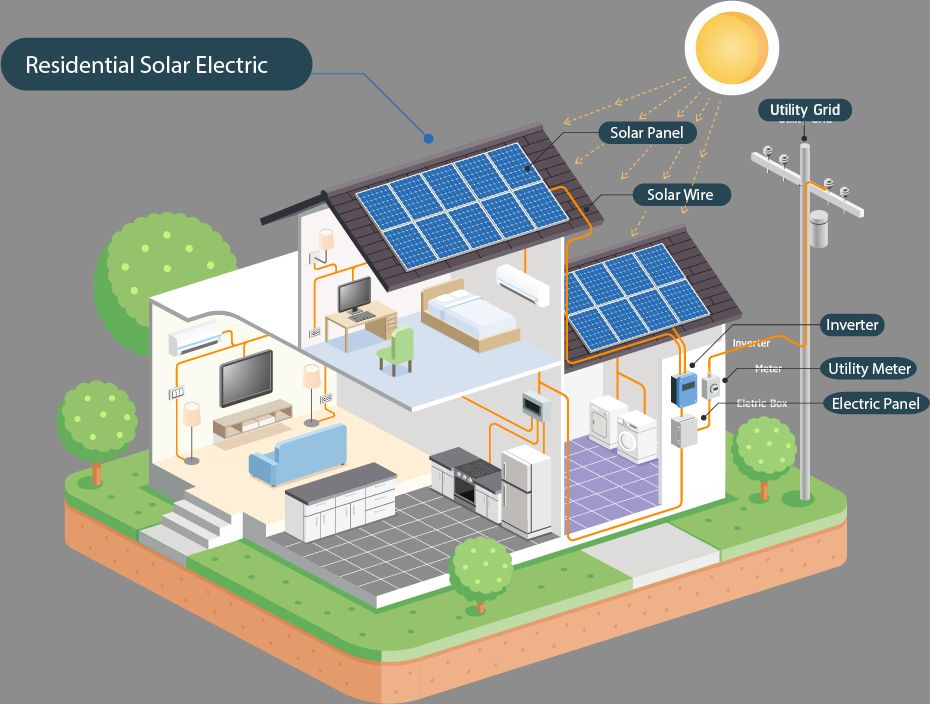
Solar stands out for its simplicity and accessibility. Installing solar panels on rooftops or in fields is easy and quick. Once set up, the panels generate power with no ongoing fuel costs and minimal maintenance. In areas with abundant sunshine, solar can potentially meet all of a home’s or business’s electricity needs. Small-scale solar PV systems for homes can be installed in a day or less. Some downsides are an initial installation cost and less output in cloudier regions, but solar panels have gotten much cheaper, and panel efficiency is rapidly improving.
Wind
Wind power harnesses the wind to generate electricity using wind turbines. Wind turbines work by capturing the kinetic energy of the wind and converting it into mechanical power to spin a generator. The wind turns the blades of the turbine, which spins a shaft connected to a generator to produce electricity.
Some of the pros of using wind power are that it is a clean and renewable source of energy. Wind is free and abundant in many parts of the world. Wind turbines produce no air pollution or greenhouse gas emissions during operation. Wind farms can also be built quickly. Some of the cons are that wind power is intermittent and variable, only generating electricity when the wind is blowing within a certain speed range. Good wind sites are often located far from cities where the electricity is needed. Wind turbines can also be noisy and perceived as visually unappealing.
Overall, wind power is a relatively simple way of generating clean electricity. The basic principles of using the kinetic energy of wind to spin turbines has been used for centuries in sailing ships and windmills. Modern wind turbine designs have made the technology more efficient and cost-effective.
Hydroelectric
Hydroelectric power utilizes the energy of flowing water to generate electricity. It works by directing water from a river or reservoir through large pipes called penstocks that feed into a hydroelectric powerhouse containing turbines connected to generators. As the water flows through the penstock, it builds up speed and pressure, converting gravitational potential energy into kinetic energy. When the water hits the turbine blades, it causes them to spin, which rotates a shaft connected to the generator to produce electricity. The water flows out of the powerhouse back into the river downstream.
Hydroelectric power is considered one of the simplest and oldest methods of generating renewable electricity. Once a hydroelectric dam and powerhouse is constructed, the fuel source (flowing water) is free and constantly replenished by the water cycle. This makes operating costs very low compared to fossil fuel plants. Hydroelectricity is also very reliable and can quickly adjust output to meet shifts in electricity demand. In terms of environmental impact, it produces zero direct greenhouse gas emissions. However, large hydroelectric dams can disrupt local ecosystems, landscapes, and communities. Building a dam floods large areas upstream, altering natural water flows and impacting wildlife habitats and migration patterns. There are also concerns about methane emissions from underwater vegetation decomposition in reservoirs. Overall, hydroelectricity remains a major renewable electricity source globally, providing around 16% of the world’s power.
Geothermal
Geothermal power plants use heat from the earth to generate electricity. They tap into naturally occurring reservoirs of steam, hot water or hot rocks deep below the earth’s surface and bring that heat to the surface to turn turbines that generate electricity.
To produce geothermal power, wells are drilled into a geothermal reservoir to provide a steady stream of steam or hot water. The steam or hot water rises to the surface and turns a turbine connected to a generator that produces electricity. After steam passes through the turbine, it’s cycled back into the reservoir to be reheated.
Some geothermal plants use hot water directly from the reservoir instead of steam. The hot water is piped up through production wells to a plant where it’s used to heat a secondary fluid with a much lower boiling point than water. This causes the secondary fluid to turn to steam, which then drives turbines. The condensed steam is recycled back into the plant.
One of the main advantages of geothermal energy is that it provides constant, baseload power unaffected by weather changes. Geothermal plants have average availabilities of 90-98% versus around 30-35% for wind and solar power. Geothermal energy is also considered renewable since the heat emanates from the earth’s core.
However, geothermal power is limited to areas near tectonic plate boundaries where volcanic activity keeps the underground rock hot. Power generation potential is also limited by the size and depth of geothermal reservoirs, which can deplete over time. Drilling and exploration costs make geothermal energy expensive to implement.
Biomass
Biomass power plants generate electricity by burning organic matter like wood chips, agricultural waste, or garbage. The heat from combustion is used to create steam that spins a turbine to produce electricity. Biomass is considered a renewable energy source because plants and trees can be regrown to replace what was burned.
The main advantage of biomass as a simple way to generate electricity is that the fuel source is readily available. Biomass power plants can be built near the fuel source, avoiding transportation costs. The technology is also proven and straightforward to operate compared to more complex renewable sources.
However, biomass does have some downsides. It generates air pollution and greenhouse gases when burned. Sourcing and transporting massive amounts of biomass fuel can be challenging. There are also concerns about the sustainability and carbon neutrality of biomass, especially if forests are cut down solely to produce fuel. Overall, biomass is one of the simpler renewable electricity options, but it has both advantages and disadvantages.
Fossil Fuels
Fossil fuel power plants are one of the simplest ways to generate electricity. They burn coal, natural gas, or petroleum to heat water, which creates steam that spins turbines to generate electricity.
Fossil fuel plants are relatively simple in design and operation. The fuel is burned in a boiler, heating water to produce high-pressure steam. This steam then pushes blades in a turbine, causing it to spin. The turbine spins a generator to produce electricity. The steam is cooled, condensed back into water, and recycled through the system.
The pros of fossil fuel power plants are that they have been used for decades, so the technology is established and widely available. Fossil fuels are relatively plentiful and cheap. These plants can also supply steady, reliable baseload power. Operating costs are lower compared to renewable sources.
The cons are that burning fossil fuels generates air pollution and carbon emissions that contribute to climate change. There are environmental impacts from mining and drilling for coal, oil, and gas. Fossil fuels are nonrenewable resources that will eventually run out. These plants also require a constant fuel supply, which creates dependence on imported fuels.
Nuclear
Nuclear power plants use the heat generated from nuclear fission to boil water into steam that spins a turbine to generate electricity. In a nuclear reactor, uranium rods are placed together, initiating a controlled chain reaction where the uranium atoms split apart, releasing massive amounts of heat energy. The steam from boiling water passes through the turbine, spinning it, which then turns a generator to produce electricity.
The pros of using nuclear energy for electricity generation include:
- High capacity – Nuclear reactors can generate huge amounts of electricity from a single plant.
- Low operating costs – Nuclear plants do not need much fuel to produce electricity.
- Reliability – Nuclear plants provide continuous baseload power, unaffected by climate conditions.
The cons of nuclear energy include:
- High upfront costs – Building a nuclear plant is very expensive.
- Safety concerns – Accidents or improper disposal of waste can cause severe environmental and health impacts.
- Nuclear waste – The radioactive waste produced needs to be contained and isolated for thousands of years.
Overall, nuclear energy is very effective at generating large amounts of electricity. However, the high costs and concerns around safety and nuclear waste make it a controversial energy source.
Comparison
When comparing the simplicity of generating electricity from different sources, several key factors come into play:
Construction and Installation
Methods like solar, wind, hydroelectric, and geothermal require building facilities and infrastructure to harness each energy source. Fossil fuels and nuclear also require construction of power plants. Overall, solar panels are likely the simplest to install directly on rooftops or open land. Wind turbines require tall towers and access to consistent wind. While hydro and geothermal sources take advantage of existing waterways and geological features, building dams and drilling wells adds complexity.
Operation and Maintenance
Once installed, solar panels and wind turbines require little maintenance and operation is fairly simple. Hydroelectric plants also operate with the flow of water. Fossil fuel and nuclear plants involve more complex fueling, monitoring, and safety procedures. Biomass requires a steady supply of organic material to burn.
Output Consistency
Fossil fuels and nuclear provide consistent, reliable baseload power not dependent on weather conditions. Solar and wind vary output based on sunshine and wind patterns. Hydroelectricity fluctuates based on seasonal precipitation and water flows. Geothermal depends on subterranean heat consistency. Biomass depends on fuel supply chains. Overall, fossil fuels and nuclear provide the most consistent simple power generation.
In summary, while renewable sources like solar and wind involve simpler technology, fossil fuels and nuclear provide simplicity in construction, operation, and consistent power output that is easier to control and dispatch on demand.
Conclusion
When it comes to generating electricity, the simplest methods typically rely on harnessing natural energy sources like the sun, wind, and water flow. Solar power using photovoltaic panels is one of the most straightforward ways to produce electricity, as panels can be installed on rooftops to passively collect the sun’s energy and convert it to usable electricity. Wind turbines are also relatively simple machines that can generate significant amounts of electricity by capturing the kinetic energy of wind and converting it to electrical energy via turbine rotation. Small-scale hydroelectric power using run-of-river systems or existing dams is another uncomplicated approach, since the motion of flowing water turns turbines coupled to generators.
Of the renewable options, solar PV and onshore wind likely represent the most basic and uncomplicated methods of generating emission-free electricity. The equipment is easy to manufacture and maintain, with no moving parts for solar and minimal mechanics for wind. Geothermal and biomass power can also be simple, but have more geographic limitations or input requirements. When it comes to scalability, solar and wind again excel since modular systems can start small and expand over time. With simplicity, cost-effectiveness, widespread applicability, and scalability, solar PV and onshore wind turbines stand out as two of the most straightforward ways to produce electricity sustainably.

